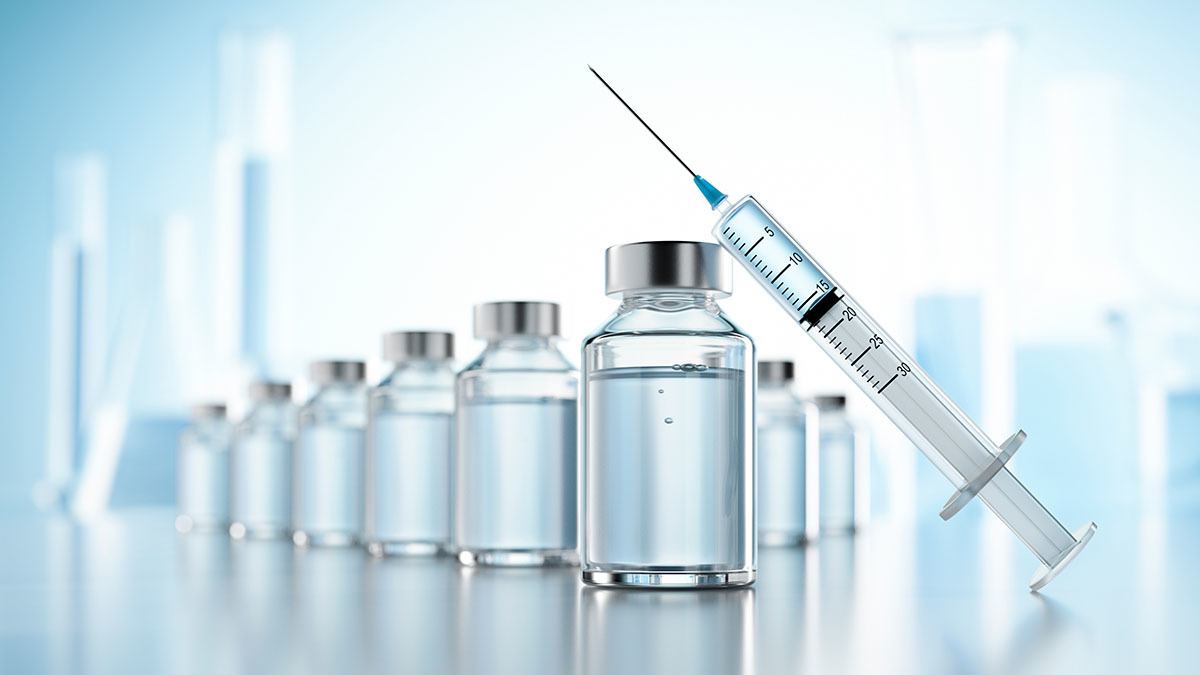USP Toxicological Risk Assessment of Leachables Testing
The USP (United States Pharmacopeia) Toxicological Risk Assessment of Leachables testing is a critical component in ensuring the safety and efficacy of pharmaceutical products. This service evaluates potential toxic substances that may leach from packaging materials, containers, or devices into contact with drug products during manufacturing processes.
The process involves a series of standardized tests designed to identify and quantify extractable materials. These include solvents, adhesives, coatings, and other components used in the production line. The goal is to determine if these materials could pose a risk to patient health when they come into contact with the drug substance or finished dosage form.
The testing aligns closely with USP chapters 1231 and 1232 which outline methodologies for assessing extractables and leachables. Compliance is essential as regulatory bodies like the FDA in the United States and other global health authorities mandate rigorous safety checks before market approval can be granted.
The first step in this assessment involves selecting appropriate sample materials based on their potential to interact with pharmaceutical products. Samples are prepared by simulating real-world conditions, such as exposure to moisture or temperature variations that might occur during manufacturing processes. Once prepared, the samples undergo a range of analytical techniques including HPLC (High Performance Liquid Chromatography), GC-MS (Gas Chromatography-Mass Spectrometry), and ICP-MS (Inductively Coupled Plasma Mass Spectrometry).
After analysis, data is compiled into comprehensive reports detailing the identified compounds and their concentrations. These reports are then used by quality assurance teams to make informed decisions about further development or modifications needed in packaging design. For instance, if certain levels of a particular compound exceed safe limits set forth by regulatory guidelines, alternative materials may need to be considered.
| Sample Material | Analytical Technique | Identified Compound | Concentration (ppm) |
|---|---|---|---|
| PVC Plastic | HPLC | Dibutyl Phthalate (DBP) | 0.5 ppm |
| Metallic Cap | GC-MS | Copper | 12 ppm |
| Paper Label | ICP-MS | Sodium | 30 ppm |
Customer Impact and Satisfaction
Implementing USP Toxicological Risk Assessment of Leachables Testing brings significant benefits to pharmaceutical companies. By proactively identifying and mitigating risks associated with leachable materials, organizations can enhance their reputation for producing safe and high-quality products.
- Reduces the likelihood of product recalls due to safety issues
- Enhances brand trust among consumers who prioritize health and wellness
- Simplifies compliance with stringent regulatory requirements
- Aids in early identification of potential problems, allowing for timely corrective actions
International Acceptance and Recognition
The USP Toxicological Risk Assessment of Leachables Testing is widely accepted across various countries around the world. Regulatory bodies such as the European Medicines Agency (EMA), Health Canada, and the World Health Organization (WHO) recognize this testing protocol as a best practice.
- Ensures consistency in quality standards
- Facilitates smoother international trade of pharmaceutical products
- Supports harmonization efforts among different regulatory frameworks
Use Cases and Application Examples
This testing methodology finds applications in diverse areas within the pharmaceutical industry, including:
- Developing new drug delivery systems
- Evaluating changes to existing packaging materials
- Investigating adverse events reported by patients
- Supporting clinical trials where patient safety is paramount
Case Study: A global pharmaceutical company was faced with an unexpected recall of a liquid formulation product. Upon investigation, it was discovered that the closure used contained trace amounts of an unapproved plasticizer which exceeded allowable limits according to USP standards. Through rigorous testing using our service, they were able to pinpoint the exact source and successfully develop alternative closures without compromising product quality.





